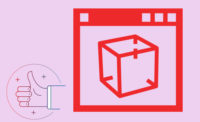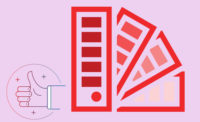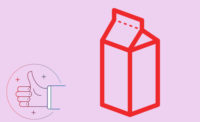State of Industry 2017: Competition and Brand Building Heat Up

Nearly 70 percent of respondents perceived an increased role for packaging in brand building over the last two years that is likely to continue or even accelerate. Multiple factors contribute to this development, including a proliferation of products in different sizes, expanding retail channels, e-commerce, regulatory changes and technological advances. A quarter of participants also expressed concern about the need to balance lifestyle needs of the different generations of consumer. All these developments create design challenges—and opportunities—for differentiating individual products within this expanding portfolio on retail shelves.
More than half of those in the study say their biggest challenge today is developing packaging designs that connect emotionally with the end customer. By a wide margin, they see product and packaging innovation as the single-most important factor that will contribute to a brand’s competitive advantage. Recognizing this challenge, a whopping 75 percent of those in the survey say their companies are taking the initiative to engage in more dialogues with their consumers to better understand their needs and to test packaging ideas.
Among other major challenges, about one-third of survey respondents listed improving productivity, rising costs of packaging raw materials and packaging machine adaptability to varying packaging needs. A constant concern these days is finding skilled workers who can use the newest technology to deal with all these challenges.
Among design-related purchases, half of the companies expect to buy marketing and design services in 2017. They also indicate increased interest in products such as design software, computers, consumer research services, and 3D printers.
The survey also shows packaging companies trying to hold the line on capital investments in equipment and machinery, with half of the companies expecting to allocate the same resources in this area as last year, and 37 percent increasing investments in equipment. Meanwhile, 13 percent say they expect to see a decline in machinery purchases. In material purchases, just over one-third of respondents see increased spending, while 60 percent see materials investment holding steady.
Looking for a reprint of this article?
From high-res PDFs to custom plaques, order your copy today!









